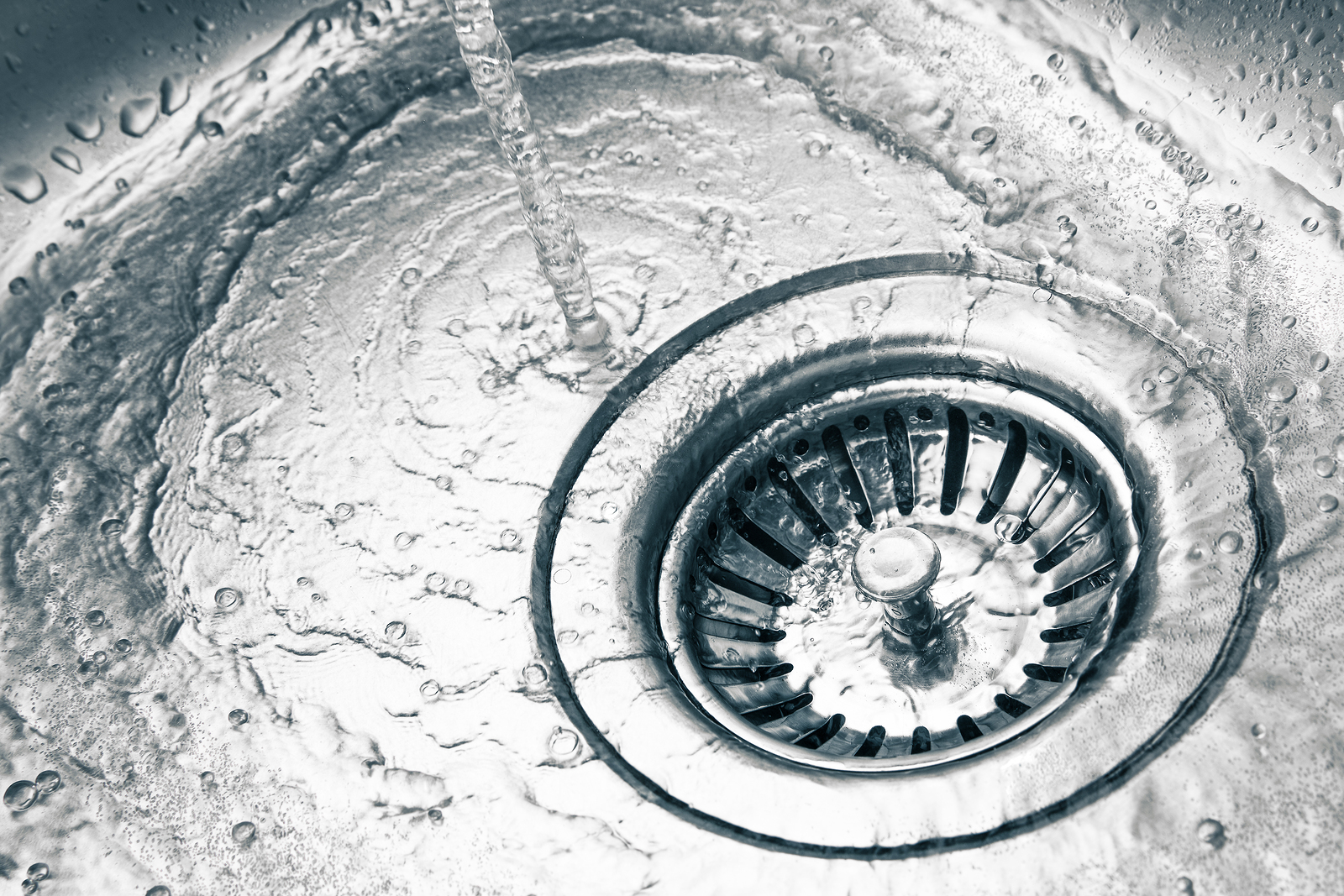High amounts of oil, grease, and fats from cooking can interrupt the natural breakdown of said oils in septic tanks & sewer facilities, so it is a good idea to install a grease trap at your home or business if you do a lot of food preparation.
Determine The Necessary Grease Trap Size
The very first step in grease trap preparation for your home or business is understanding your needs and which model will suit those needs. Traps come in several different sizes and models to best fit each circumstance and specific purpose. Whether you have a home or business, the size of grease trap necessary will be determined by the amount of water that goes through your drainage pipes. As a general rule, restaurants and other businesses that dispose of large amounts of grease down the drain on a regular basis should pick a grease trap with a capacity of at least 40 KG. Even if you don’t own a business, you may still consider getting a larger capacity trap if you don’t plan on cleaning it often. For homes, smaller buildings, and general use, a smaller regular capacity grease trap should be able to handle the work load with little to no trouble. Upgrading your plumbing system to include a grease trap is a good way to help protect the environment, while protecting you from blockages, clogs, and plumbing problems.
Location Of Installation
The next step in the process of installing and getting the most out of your grease trap is determining the best place to put it for maximum efficiency and effectiveness. In most cases, the best place to install a trap is right under the kitchen sink for convenience, however, in other circumstances, a different location may be more appropriate. For houses or small buildings with several sinks, outdoor setup is better suited for all of the drainage pipes that can be connected to one pipe outside connected to the grease trap. Figure out first if having it inside or outside is better and then determine the exact location to meet the drainage pipe/pipes from there.
Connecting The Grease Trap To The Pipes Or Pipe
The exact hookup procedure will vary depending on what model you are installing so be sure to read the instruction manual over to be sure the process is done correctly. On most models, 3 different connections will need to be made. First off, there should be a connection made to the holding tank vent. Next, a connection to the sink or the source of the water should be made and is usually located on the left side of the unit. Lastly, the connection to the pipe that leads to the sewer system should be established. This is usually located on the bottom right side of the grease trap unit. Never allow any solid waste to go down the sink and enter the grease trap. Instead, ensure that the sink is effective at catching all solid objects preventing them from entering the grease trap. A very useful tip to remember and practice is to run some hot water after disposing of grease down the drain. This will aid in the breakdown of grease in the grease trap so a buildup is less likely to develop. Remember and use these tips so installing a grease trap can be a piece of cake. If you are experiencing difficulty or just have a question don’t hesitate to reach out to a DC sewer and drain expert for professional assistance.




